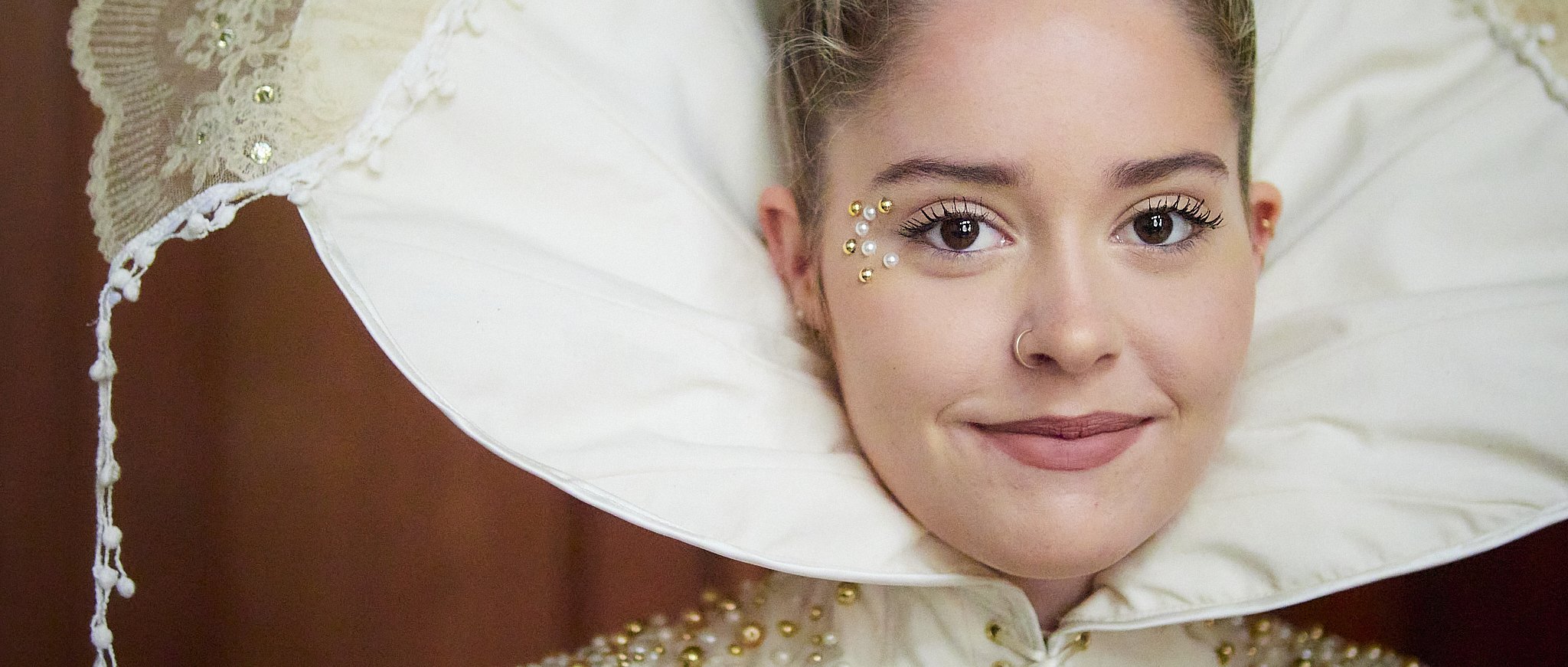So, the anamorphic is back on the table. I was contacted today regarding some owed funds for a project I did a few months ago that came up in the end of year review. I would have been ok with it being a volunteer job, but at the extreme as it pushed me for time and extended my resources.
The results were as good as I could do at the time (better now though), using the two full frame cams in LOG, my Pana primes and a shotgun/LAV combo for sound (which I failed to nail in any of the six interviews, managing to find a different problem each time), although I did nail the music performance in the last one using the LCT 240 condenser into the H8.
I would now use B-Raw (I only had one BMVA at the time), the GH5s and S5 in combination and overhead mics, as well as the improvements in Resolve 20 for audio processing.
Anyway, this deserves a small reward, so the 24mm Sirui anamorphic will be purchased, if for no other reason than to scratch the curiosity itch.
The logic of buying a single anamorphic lens into a purely spherical landscape and why that lens?
I am after a dynamic that is fun, has something out of the ordinary, because the rest of my process if deliberately ordinary. I want cine gear for cine thinking, not regular gear for standard work, but also, I want to be able to use it for the less edgy stuff also.
Apart from the MFT anamorphic benefits in format shape and overall usability, the lens itself is the pick of them I feel for an MFT user.
The 24mm compared to it’s stable mates has the most flare control, best close focus, stable sharpness through it’s range (which starts at 2.8), has a warm tint (see below) is the standard-wide focal length I favour and finally, it may well fit into my existing kit seamlessly.
The 24 will force a wider angle of view (about 2.4:1 or about 21.6:9) with what you would call a “standard” or un-opinionated lens for MFT.
It has the same image height as a 48mm full frame equivalent spherical lens which is to say, the vertical focal length remains unchanged. On the GH5s it is nearly my ideal 40 (43mm) with its slightly bigger sensor.
The width or horizontal coverage however is equivalent to a full frame 36 or 28mm depending on camera.
This is the “perfect” normal-but-also-wide look I associate with anamorphic**. Longer lenses, to my eye, tend to loose that broad staging as they both naturally compress the subject and reduce depth of field, both characteristics that largely hide the expansive look I am after. They are intimate lenses, that tend to blur the destinction. This is from looking at a ton of sample videos where I can see it with the 24, but not so much with the others.
I like normal lenses, tending to hover around the 35-70 range. Apertures, rendering and lens handling provide plenty of options, but the overly wide or long look often does not appeal
My logic is a pairing of the Sirui 24mm anamorphic and the spherical Sirui 24mm Night Walker I already have, which should share a similar overall look in sharpness, warm colour etc, is I that will have the ability to crop* the 24-NW in to about a 55-65mm height equivalent (depending on specific camera, need to do the math-or not) with the same image width as the anamorphic at 48mm equivalent, but also keep the compression about the same as normal.
A slightly longer spherical lens cropped.
So a matching pair of standard lenses with different characteristics that best suit their use (I prefer circular Bokeh and the more compressed look of the spherical for longer, tighter lenses, the anamorphic look for wide, but the 24 is tame that way anyway).
The 24-A has very clean flares, something I can match with my Moment flare filters. The NW is faster (T1.2) for shallow depth, which suits it.
Another spherical lens (30mm Sigma) cropped to about 2.4:1. I would have dropped back a little if using the 24-NW for this (a heavy crop from 4:3), but still retain the slightly more compressed look of the spherical lens.
So, oval or circular Bokeh, standard-wide or compressed-standard coverage, blue streaks that can be controlled or even removed, shallow depth with compression, or natural looking deep and wide from the same distance, from two matched (kind of) lenses and the lone NW now has a purpose.
I struggled to commit to a semi wide because as much as I like the focal length for stills, it pushes the scene away, loses intimacy and connection. The 24-A does not.
With the two sensor sizes available in M43, I can go as wide as 28mm coverage or as long as (about) 65mm magnification and compression or 35 and 55 depending on cameras, even more crop with stabe, which covers basically all I need. My gut says the Anamorphic will end up on a standard M43 cam (G9II) as a 48/36, the spherical on the GH5s as a 55/43
The bit I will need to see to fully understand is the normal-that-is-wide and tight-that-is-normal dynamic I am forcing. Might be I just have two useful lenses with different skill sets, but I hope there is more than that.
The Hope lenses are the “straight” guys, the safe interview lenses, no frills, no introduced character. The Sirui lenses are the edgy, cinematic pair with lots to work with or control if needed.
*Currently I am shooting RAW out but to a 1080 work space so heavy cropping is not an issue.
**I do love a wide set, characters moving within it in long takes.

